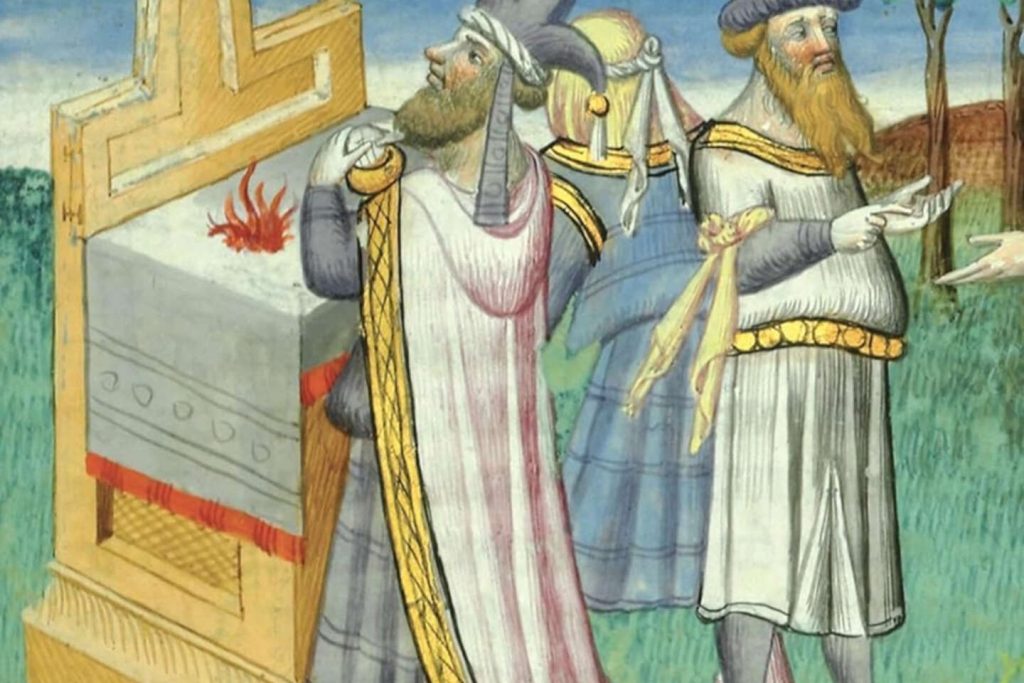The article discusses six recently published books that shed light on the history of ecclesiastical institutions, particularly Catholic, throughout the ages and around the world in honor of Pentecost, a celebration that symbolizes the birth of the universal Church for Christians. One of the books, titled “Christian Heresies in Medieval Eastern” focuses on the construction of Christian heresies, highlighting the sociopolitical and economic factors that played a role alongside theological disputes in the development of heretical movements. The book delves into various Eastern movements rejected as heretical, such as ascetic communities in Cappadocia and the Levant in the 4th and 5th centuries.
These monks challenged important dogmas, such as marriage and the consumption of wine, which resulted in conflicts with bishops and Roman emperors who held power. Their defiance of ecclesiastical authority and control over charitable works and hospices led to their condemnation as heretics. Comparisons are drawn between these lesser-known heresies and more familiar ones like the Arians, Manicheans, Gnostics, and Cathars. The study of Eastern movements is considered less contentious and more straightforward compared to the more well-known heresies, providing valuable insights into this aspect of Christian history.
Another book highlighted is “Letters from Nagasaki: Japanese Christians in the Mid-19th Century According to the Foreign Missions of Paris” by Sylvie Morishita, which explores the Christian persecution in Japan from the 17th to 19th centuries. The book focuses on the survival of Japanese Christians during a period when Japan isolated itself from the rest of the world, leading to the rediscovery of Japanese Christians by Western missionaries in the mid-19th century. The book reveals the perspectives of four French missionaries who witnessed the survival of thousands of Japanese Catholics despite the harsh persecutions they faced.
Through letters and accounts of missionaries, the book provides a glimpse into the resilience and perseverance of Japanese Christians in the face of adversity. The persecution faced by Japanese Christians during this time serves as a testament to their faith and determination to keep their beliefs alive despite severe restrictions and hardships. The book sheds light on a lesser-known chapter in Japanese history and the resilience of the Christian community in Japan during a tumultuous period.
These books offer valuable insights into the history and development of ecclesiastical institutions, providing a deeper understanding of the challenges and triumphs faced by various Christian communities throughout history. The exploration of heresies and persecution sheds light on the complexities of religious beliefs and practices and their impact on society. By uncovering lesser-known aspects of Christian history, these books contribute to a richer understanding of the diverse experiences and perspectives within the Christian tradition. Through detailed research and analysis, these books offer a critical perspective on the evolution of ecclesiastical institutions and the enduring influence of faith and belief in shaping societies and cultures.


